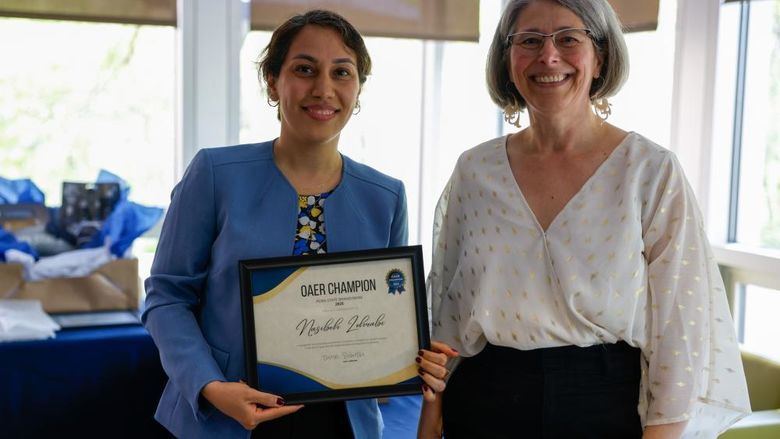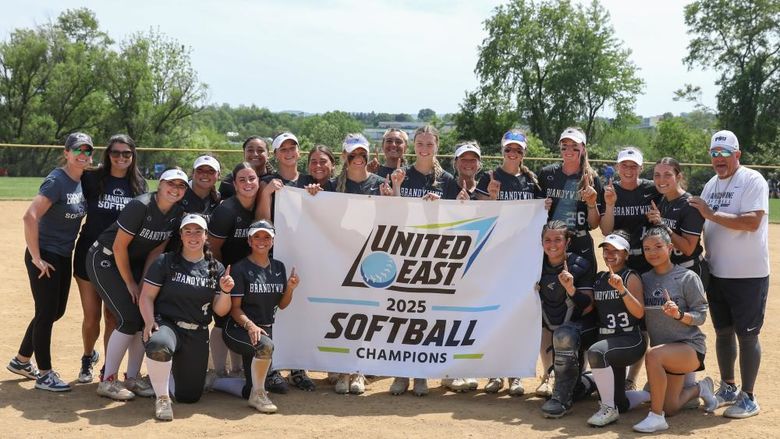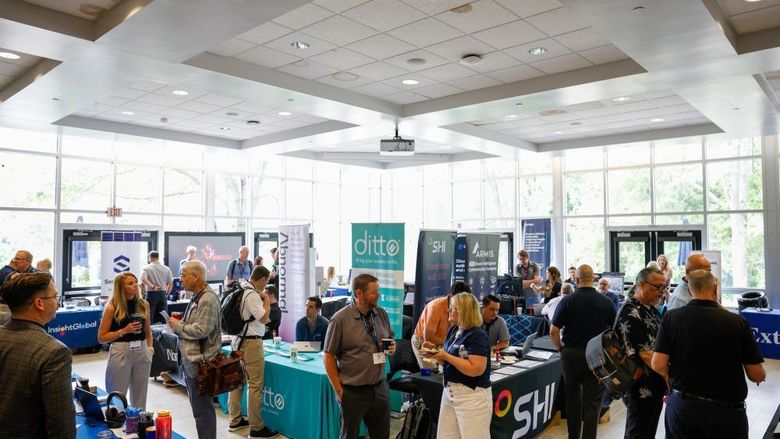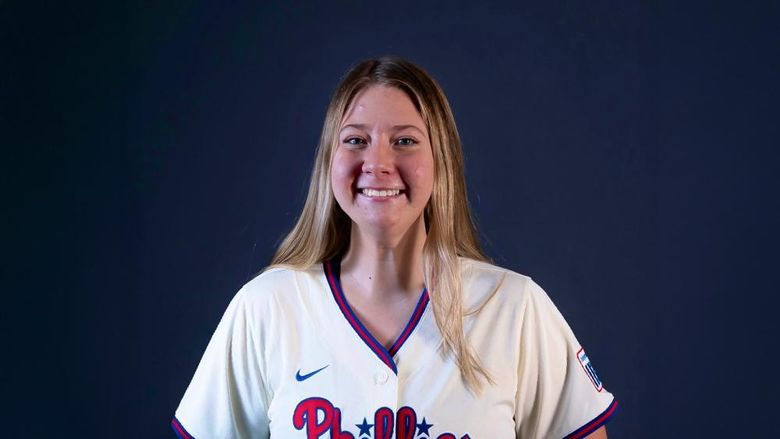New Faculty Spotlight
Name: Shruti Shrestha
Title: Assistant Teaching Professor of Physics
MEDIA, Pa. — Shruti Shrestha joined Penn State Brandywine as an assistant teaching professor of physics in August. She received her master’s in theoretical physics from Tribhuvan University in Nepal and her doctorate in experimental physics from Kansas State University. She was previously an adjunct instructor at Brandywine, Neumann University and Arcadia University. With many years of physics experience and a passion for learning new things, Shrestha is excited to apply real-world scenarios to help her students succeed in the field.
Brandywine: What courses are you teaching?
Shrestha: This semester, I'm teaching electricity and magnetism and introductory physics I.
Brandywine: What interested you in teaching at Brandywine?
Shrestha: Penn State Brandywine has a good reputation and gives both students and faculty alike a chance to grow in an academic environment. I was an adjunct instructor for about four years before I came on board as an assistant teaching professor, and the environment here is the reason why I chose to take on that role.
Penn State Brandywine has a good reputation and gives both students and faculty alike a chance to grow in an academic environment.—Shruti Shrestha , assistant teaching professor of physics
Brandywine: What is your background and experience?
Shrestha: I completed my master’s degree in physics from Tribhuvan University in Kathmandu, Nepal. I moved to the United States to complete my doctorate in particle physics at Kansas State University. I was interested in broadening my work in the electronics sector and learning more about hardware of designing detectors for particle physics experiments, so I joined a post-doctorate program at the University of Heidelberg in Germany. When I was there, my work was to optimize the charge collection efficiency for pixel sensors for the Mu3e Experiment and upgrade the performance of readout electronics required for it-how electronics response to the hits of the particles on the sensors. I worked at Fermilab for one year. While I was there, I assisted with an experiment called the Mu2e Experiment and analyzed the data to remove events due to cosmic-ray muons producing an electron.
Brandywine: What has been one of your most challenging experiences as a professor? How did you overcome it?
Shrestha: One challenge I’ve had to face is making my lectures accessible for students in the class. Some topics in physics are abstract, and a student may need help relating to those in a practical way. To make content understandable, I sometimes perform physics demonstrations so that they can predict possible outcomes. From my experience, active learning strategies encourage and engage students in the class. After I teach a topic, I like to relate it to something students see in their everyday life, like observing the frequency of the siren of an ambulance while it is approaching and moving away from us help to predict the ambulance's speed.
Brandywine: What are your research interests?
Shrestha: When I was at Kansas State University, my research interest was particle physics, which is the study of constituents of matter, including electrons and protons, and the laws governing their interactions. I analyzed Compact Muon Solenoid data in Switzerland to search for new physics in the monophoton final state. I want to use the publicly available data from this detector for physics analysis.
Brandywine: What made you interested in pursuing a degree and career in physics?
Shrestha: Since my childhood, I was always very curious and wondered how certain things worked. In high school, my teacher would base our teachings on things we see in real life. For example, we learned how police officers’ radar guns worked through physics — it measures the change in frequency of radio waves to estimate the speed of the moving vehicle. I then learned that this method is also how astronomers calculate the speed of stars. Learning all of this made me want to pursue physics as a field of study and career.
Brandywine: In addition to your educational work, you’ve also done a lot of volunteer work over many years. What motivated you to go into volunteering and community service?
Shrestha: I believe we, as a community, should help each other. Sharing knowledge with others is a great act of service. Helping others make me feel good, and that’s why I do work for non-profit organizations in Philadelphia right now. We conduct free workshops for middle school and high school students — we mainly focus on teaching students in sixth through eighth grades. Some of the events we hold are at the Franklin Institute in Philadelphia. We like to encourage children, especially girls, to explore the STEM field.
I believe we, as a community, should help each other. Sharing knowledge with others is a great act of service.—Shruti Shrestha , assistant teaching professor of physics
Brandywine: What do you enjoy doing in your free time?
Shrestha: I like to spend time with my family, especially with my nine-year-old daughter. I enjoy watching her compete in fencing tournaments — she’s a fencer in Philadelphia.
Brandywine: Anything else to add? Anything you would like people to know about you?
Shrestha: If anyone is interested in teaching physics to middle school or high school students, please contact me. I can help you conduct a workshop or seminar. Also, if anyone is interested in physics research and would like to learn more about the Compact Muon Solenoid data, please feel free to reach out. I will be available to help you conduct research.





